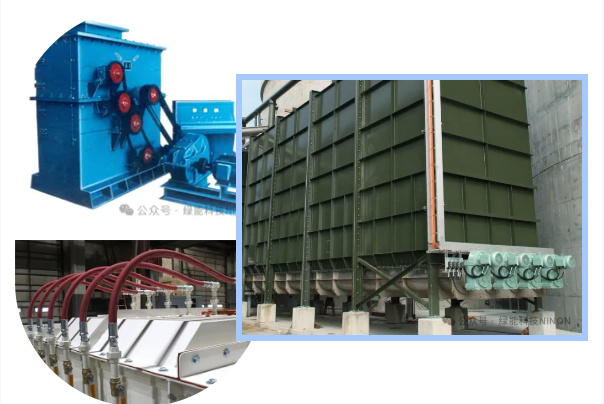

High-Efficiency New Tool for Soil Stabilization
Lime stabilization and improvement of soil is a key technology for engineering foundation reinforcement, and professional equipment—including muck mixing equipment, aggregate crushing machines—serves as the core support to ensure optimal improvement effects. With their precise operation capabilities, muck mixing equipment, alongside aggregate grinding mill has become indispensable in soil stabilization projects.


Silo Homogenization Integrated Unit/Waste Soil Homogenization, Stabilization and Solidification Equipment
In the soil pre-treatment stage, the aggregate crushing machine first efficiently crushes large pebbles and hard lumps in muck, while further refines particles to ensure uniform and fine soil texture—laying a solid foundation for the full reaction between lime and soil. For coarse-grained muck, the aggregate crushing machine (or alternatively the aggregate grinding mill) delivers consistent particle reduction, eliminating obstacles to subsequent mixing.


Aggregate Crushing Machine/Batch-Type 3D Countercurrent Slurry Mixer
Entering the mixing stage, muck mixing equipment takes on a core role: whether for initial lime-soil blending or final mixing post-curing, this muck mixing equipment achieves thorough integration, avoiding insufficient local reactions. Relying on advanced technology, muck mixing equipment flexibly adjusts mixing speed and moisture content. When paired with the refined processing of aggregate grinding mill, it enhances the thoroughness of lime stabilization reactions such as hydration and ion exchange, significantly boosting soil strength and durability.

Continuous-Type Silty Soil (Hazardous Waste)/Muck Mixing Equipment
Suitable for various soil types—from high-plasticity clay to coarse-grained muck—aggregate grinding mill, and muck mixing equipment work in synergy: the former two guarantee particle uniformity, while muck mixing equipment ensures homogeneous blending. Together, they optimize construction processes, reduce losses, help projects meet environmental standards, and advance efficiently, standing as the preferred equipment combination for modern soil stabilization projects.
Conclusion
While lime treatment is a highly effective and reliable soil stabilization solution, its application limitations must be fully considered to ensure its effectiveness and safety in use. The core of successful soil stabilization lies in the precise matching of three key elements: suitable soil types, appropriate construction conditions, and scientific treatment processes and equipment. None of these can be omitted; only through precise alignment can the ideal stabilization effect be achieved, laying a solid foundation for engineering subgrades.

